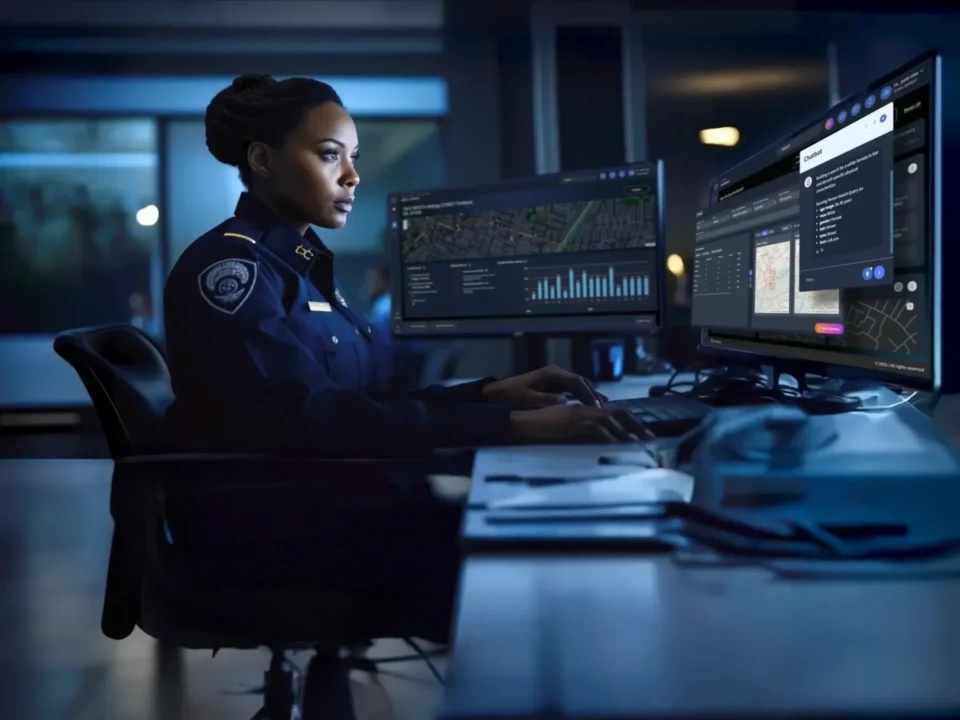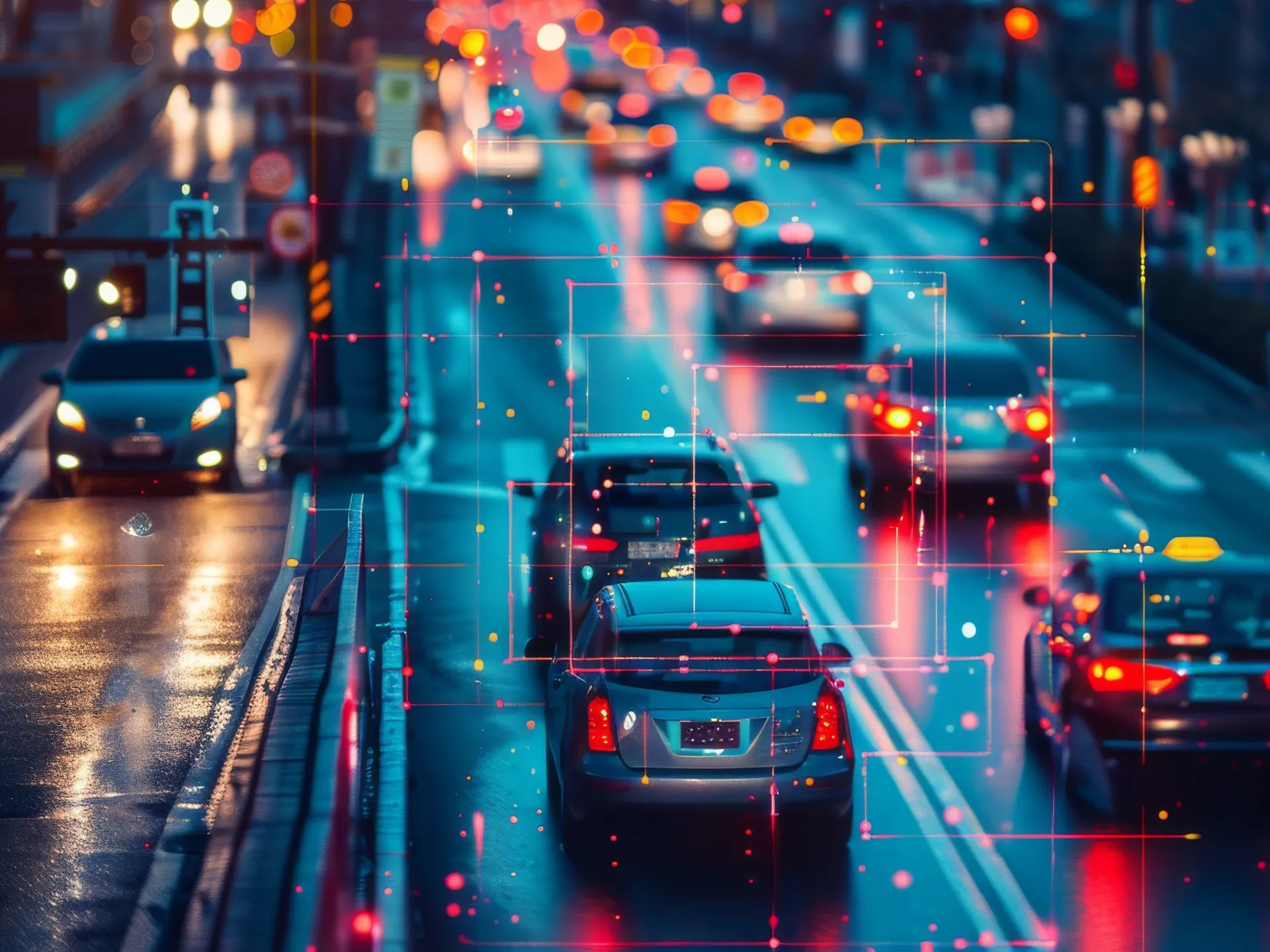Vehicle-related crime continues to present significant investigative challenges for law enforcement, whether it’s related to drug trafficking, violent crime, or organized theft. Leveraging automatic license plate recognition (ALPR) to investigate and solve vehicle-involved crime can enhance investigations.
Throughout the discussion, the panelists emphasized how modern ALPR solutions—especially mobile and AI-enhanced systems like PlateRanger™—drive more efficient investigations by providing critical leads, improving data accessibility, and enabling smarter deployment strategies.
Solving Vehicle-Involved Crime: Real-World Successes Using ALPR
The success stories shared include an example of a consortium of 17 agencies from New Jersey that worked to connect their ALPR systems. Leveraging PlateRanger’s retrospective search capabilities and sharing ALPR data across agencies, investigators can share vehicle alerts and search vehicle movement patterns, providing additional information that can lead to investigative leads.
The example underscores how AI-driven ALPR systems dramatically expand the search for investigative leads and how agencies search, analyze, and act on vehicle data. PlateRanger’s use of vehicle recognition beyond just the license plate, such as identifying vehicle make, model, and color (MMC), can turn partial descriptions into actionable intelligence.

How the New Jersey consortium utilizes PlateRanger ALPR when solving vehicle-involved crimes.
The Power of Retrospective Search and Shared Data
While live hit alerts are helpful, the presenters agreed that retrospective search is often the most powerful investigative feature. PlateRanger allows officers to search historical plate reads by time, location, or vehicle attributes, turning a vague witness account into a verifiable timeline of vehicle movement.
Additionally, the ability to share ALPR data across jurisdictions is a force multiplier. Both departments emphasized how connecting with neighboring agencies and real-time crime centers helps them identify patterns across wider geographic areas, where data sharing and system interoperability are listed as critical components of a modern ALPR strategy.
Starting Small, Scaling Smart
A key takeaway from the webinar is that agencies don’t need a massive infrastructure investment to benefit from ALPR. With PlateRanger’s flexibility, agencies can deploy ALPR on existing infrastructure or smartphones using the Rekor® Blue application, turning any camera or smartphone into a powerful investigative tool.
This approach not only lowers the barrier to entry for smaller or resource-constrained agencies but also allows teams to prove value quickly. Once officers use ALPR to generate leads and solve cases, internal support grows organically, making it easier to justify future expansion. Choosing an ALPR system that can scale with your agency’s needs ensures long-term success and avoids costly vendor lock-in.
See How PlateRanger’s AI-based ALPR System Can Help Enhance Your Agency’s Investigations
Q&A Highlights
During the webinar, attendees posed thoughtful questions about privacy, training, and system integration. Key answers included:
- Privacy: Agencies are encouraged to set clear retention policies and work closely with legal teams. PlateRanger allows customizable retention and strict access controls.
- Training: Success depends on user adoption. Training is provided during implementation to help with customization and to help users understand how to search for and interpret ALPR data.
- Integration: PlateRanger’s open API supports integration with real-time crime centers, RMS platforms, and investigative tools, ensuring seamless information flow.
Final Takeaways
As the webinar demonstrated, ALPR technology—especially when powered by AI and deployed flexibly through tools like PlateRanger—is no longer a luxury for police agencies. It’s a practical, scalable solution that empowers agencies of all sizes to respond faster, close cases sooner, and uncover leads that might otherwise go unnoticed. The real-world successes shared in the webinar about fewer vehicle thefts and more arrests show how retrospective search, strategic deployment, and vehicle recognition beyond plate numbers all contribute to stronger investigations.




